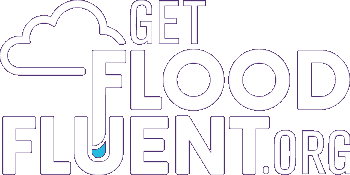If people weren’t confused about their flood risk and flood insurance, we wouldn’t be here. So what exactly are they?
Read on…
What is flood insurance?
Let’s begin with this: standard homeowners and renters insurance is not flood insurance and does not cover flood damage. If your home is filled with water as a result of rising bodies of lakes, rivers, streams, and oceans, and you believe your homeowners or renters insurance will cover you, you may be left high and dry. (Well, actually, you’ll be all wet.)
Most flood insurance is administered through the Federal Emergency Management Agency (FEMA) under a program called the National Flood Insurance Program (NIFP). That said, nearly 100 insurance companies write and service NFIP policies. So, whether you’re a homeowner, a renter or a business owner, you can purchase flood policies from an insurer under contract with FEMA.
Interested in seeing a quick estimate of what your flood insurance rate might be? Check out our Flood Insurance Estimator.
Check with your current insurance agent to see if they offer flood policies.
If they don’t and you’d like a referral, contact the National Flood Insurance Program’s Help Center at 1-800-427-4661.
What does flood insurance cover?
Good question. It’s important to know what is and what isn’t covered by a flood insurance policy. Also, there are separate flood insurance policies for your building/structure and for your contents. (For example, if you’re a renter, you may only be interested in the contents policy.) You can buy one or both; each of these policies has its own deductible.
- A Building Property/Structure policy covers your actual home (building property) up to $250,000.
- A Personal Property/Contents policy covers your personal property up to $100,000.
Covered Building Property/Structure:
- The electrical and plumbing systems
- Furnaces, water heaters, heat pumps, and sump pumps
- Refrigerators, cooking stoves, and built-in appliances such as dishwashers
- Permanently installed carpeting over an unfinished floor
- Permanently installed paneling, wallboard, bookcases, and cabinets
- The damage must be directly caused by flood water
- Cabinets that were not damaged by flood water are not covered, even if they match cabinets that were damaged by flood water
- Foundation walls, anchorage systems, and staircases attached to the building
- There is an exclusion for “loss caused directly by earth movement even if the earth movement is caused by flood”
- A detached garage, used for limited storage or parking
- Up to 10 percent of the building coverage limit can be used, but will reduce the total amount of building coverage available
- Cisterns and the water in them
- Fuel tanks and the fuel in them, solar energy equipment, and well water tanks and pumps
- Window blinds
- The electrical and plumbing systems
- Furnaces, water heaters, heat pumps, and sump pumps
- Refrigerators, cooking stoves, and built-in appliances such as dishwashers
- Permanently installed carpeting over an unfinished floor
- Permanently installed paneling, wallboard, bookcases, and cabinets
- The damage must be directly caused by flood water
- Cabinets that were not damaged by flood water are not covered, even if they match cabinets that were damaged by flood water
- Foundation walls, anchorage systems, and staircases attached to the building
- There is an exclusion for “loss caused directly by earth movement even if the earth movement is caused by flood”
- A detached garage, used for limited storage or parking
- Up to 10 percent of the building coverage limit can be used, but will reduce the total amount of building coverage available
- Cisterns and the water in them
- Fuel tanks and the fuel in them, solar energy equipment, and well water tanks and pumps
- Window blinds
Covered Personal Property/Contents:
- Personal belongings such as clothing, furniture, and electronic equipment
- Curtains
- Portable and window air conditioners (easily moved or relocated)
- Portable microwave ovens and portable dishwashers
- Carpets not included in building coverage (carpet installed over wood floors, etc.)
- Clothes washers and dryers
- Certain valuable items such as original artwork and furs (up to $2,500)
- Food freezers and the food in them (but not refrigerators)
- Personal belongings such as clothing, furniture, and electronic equipment
- Curtains
- Portable and window air conditioners (easily moved or relocated)
- Portable microwave ovens and portable dishwashers
- Carpets not included in building coverage (carpet installed over wood floors, etc.)
- Clothes washers and dryers
- Certain valuable items such as original artwork and furs (up to $2,500)
- Food freezers and the food in them (but not refrigerators)
For a complete summary of coverage under an NFIP policy, go to what’s covered.
Commercial flood insurance is also available from the NFIP; it provides up to $500,000 of coverage for your building and up to $500,000 for its contents. Be sure to talk to your licensed insurance agent about what is and isn’t covered by your policy.
When is damage considered to be caused by flooding?
What causes any flooding you experience is very important. For example, if you have a sewer or drain backup (or overflowing sump pump) that damages your home, it is NOT covered by flood insurance unless the backup itself is a direct result of flooding.
So, what makes damage flood damage?
Water must cover at least two acres of land that’s normally dry, or has to have damaged two or more properties (one being your home). Also, the water has to come from:
- Overflowing inland or tidal waters.
- Unusual, rapid accumulation or runoff of surface waters from any source.
- Mudflow (meaning mud that’s carried by a flow of water, creating a river of mud).
You’re also covered when shorefront land collapses or sinks due to waters above “anticipated cyclical levels.”
What is FEMA disaster assistance?
So let’s say you and your family (and, most likely, your neighbors) have experienced a flood in your area and there’s talk about disaster assistance. That kind of assistance only happens when there’s an official Individual Assistance Presidential Disaster Declaration. Just so you know, most flood events do not result in a declaration. If that happens though, government money is then made available to those who might need it due to the specific disaster, and if you talk to people who have received it, it’s typically not enough.
But here’s the thing. According to FEMA, disaster assistance comes in two forms:
- A U.S. Small Business Administration loan, which must be paid back with interest
- A FEMA disaster grant, which is about $5,000 on average per household
What does flood insurance offer you? Consider these two things:
- A flood insurance payout does not have to be repaid
- Just one inch of floodwater in your home can cause $25,000 damage, and the average flood insurance claim is nearly $30,000
The Virginia Institute of Marine Science finds that sea level in our area is rising faster than all the tested cities on the East Coast.1


When should I get flood insurance?
There’s no time like the present. If you’re thinking about getting flood insurance (and you should be), factor in the 30-day waiting period.
In a word? NOW.
Not to alarm you, but if you’re thinking about flood insurance and it’s storm season — or your forecast has people raiding the grocery store shelves — please remember that, typically, there’s a 30-day waiting period from the date you purchase your policy.
There are a few exceptions to the 30-day waiting period, so ask your insurance agent to see if any apply to you.
Most importantly, remember that once the flooding starts, it’s too late. Don’t wait.

